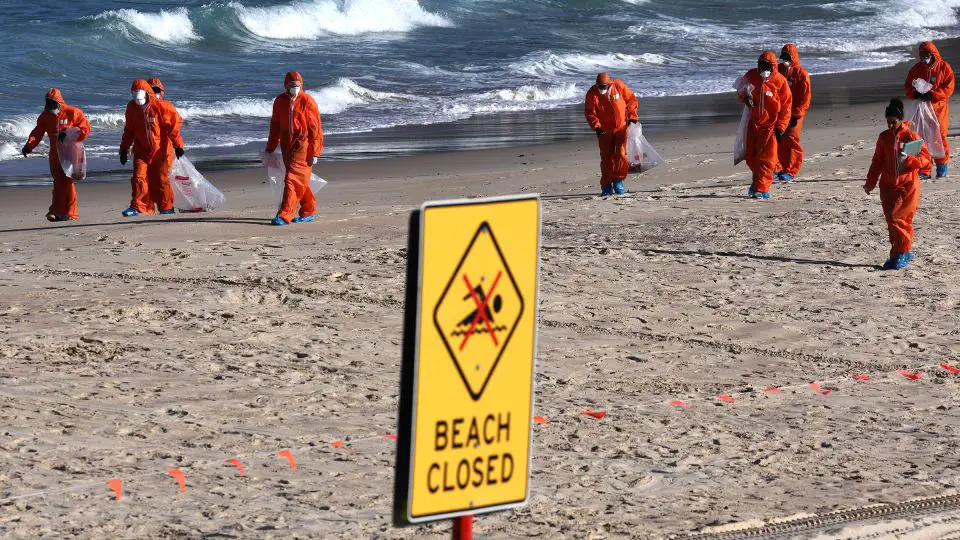The mystery of the black balls that washed up on some of Sydney’s most iconic beaches last month has now been solved – and it’s more disgusting than you could ever imagine.
Australian beachgoers were turned away from seven beaches last month after lifeguards spotted thousands of black spheres, prompting closures and clean-up efforts.
A team of scientists at the University of New South Wales (UNSW) has revealed the black balls – initially thought to be made of tar – were actually mini “fatbergs,” made up of human feces, methamphetamine, human hair, fatty acids, and food waste, among hundreds of other vile and befuddling substances.
“They smell absolutely disgusting, they smell worse than anything you’ve ever smelt,” lead investigator Associate Professor Jon Beves told CNN affiliate 9News.
The New South Wales Environment Protection Authority (EPA) first warned Sydney residents to avoid swimming or touching the balls on October 17, after they were spotted at seven beaches including the city’s famed Bondi Beach.
At that stage their contents were “a mystery” and local officials ordered a series of tests to find out what they were and where they came from.


Initial testing suggested they were made from unrefined oil, potentially from an oil spill, Beves and UNSW professor William Alexander Donald wrote on website The Conversation.
“However, further testing indicated a different, more disgusting, composition.”
The balls were consistent with fatbergs, congealed masses of fats, oils and greasy molecules that can accumulate in sewage, the scientists wrote, noting their presence highlights the issue of pollution along Sydney’s coastline.
“I wouldn’t want to be swimming with them,” Donald told 9News.
Fatbergs come in all shapes and sizes. In 2021, a massive, 330-ton fatberg wreaked havoc in Birmingham, UK when it clogged a city sewer for weeks.
These Sydney fatbergs were no ordinary fatbergs, however. The blobs contained everything from fecal matter to medication and recreational drugs, the scientists wrote.
Where these gross balls came from still remains a mystery.
The balls likely originated from “a source that releases mixed waste,” according to a media release from the EPA Wednesday.
“Authorities have considered several possible causes, such as a shipping spill or wastewater outflow,” the statement said.
“However, due to the complex composition of the balls and the time they have spent in the water, testing has not been able to confirm their exact origin.”
For more CNN news and newsletters create an account at CNN.com


Leave a Comment